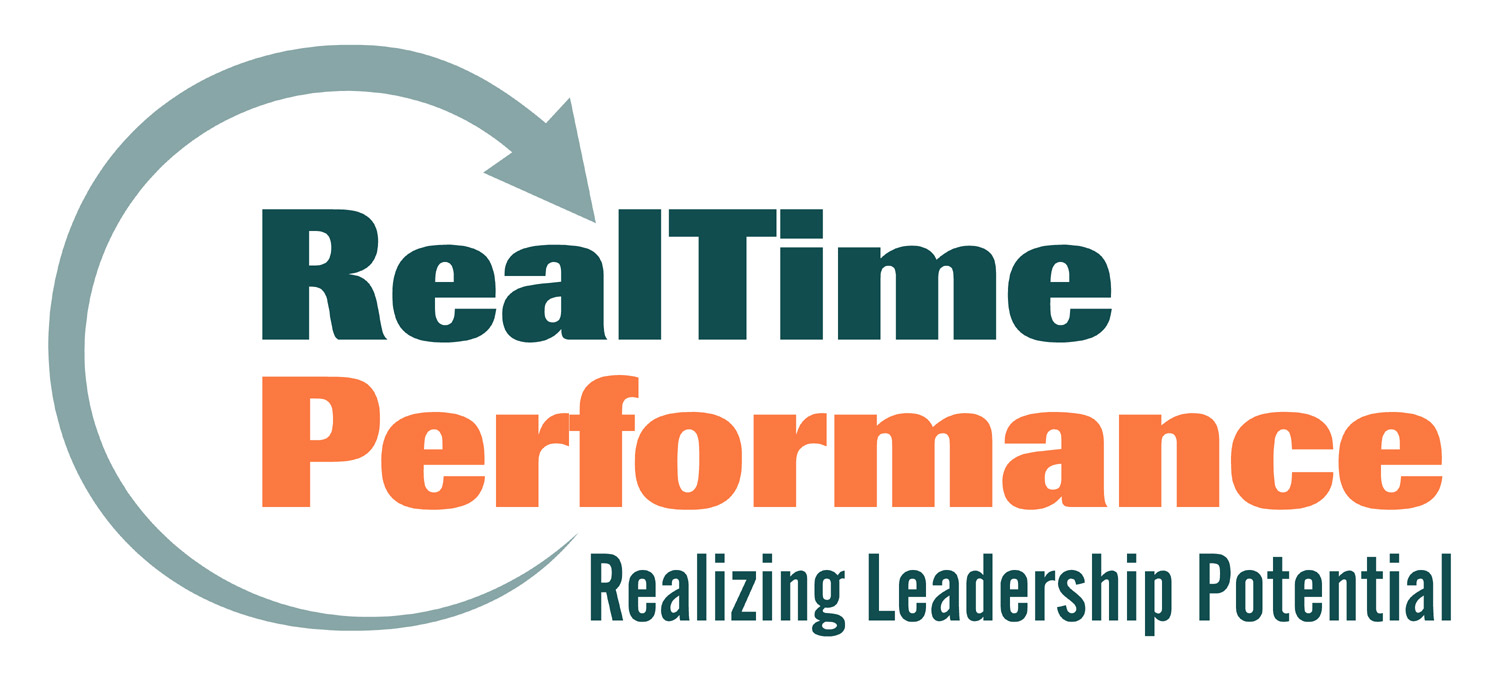If your boss came up to you today and asked you to form a team for a high-profile strategic project, what would be your first task? If you’re like most people, your thoughts would immediately turn toward whom to select to join your team. After all, we’ve been conditioned to believe that the most important factor for any team is the quality of the players. If you want a super team, fill it with superstars. Just look at the Golden State Warriors.
Now suppose your boss gave you a further stipulation. You’re not allowed to select the team members – they will be selected randomly from across the organization. Did the probability of success for this new team just go down? Conventional wisdom says yes. Your team of average players is not likely to outperform your team of superstars.
Not so fast, says Laszlo Bock, former Head of People Operations at Google. In 2015, Bock and his team of Google researchers announced the results of an exhaustive study of team dynamics at Google. Over the previous two years, they studied a wide variety of teams at Google to determine the common characteristics and traits of Google’s most highly successful teams:
“The biggest thing you should take away from this work is that how teams work matters, in a lot of ways, more than who is on them. There’s a myth we all carry inside our head. We think we need superstars, but that’s not what our research found. You can take a team of average performers, and if you teach them to interact the right way, they’ll do things no superstar could ever accomplish.”
What Bock and his team discovered was that team norms and ground rules have a huge impact on the performance of a team. When any group forms, the individual team members begin adopting, often informally, a set of team norms or rules of behavior. For example, in one group it might be socially acceptable to interrupt another team member. While another group might be the opposite, where everyone waits for others to stop talking before they weigh-in.
It turns out, establishing the right norms is the real key to success. The critical factor is creating what Bock and other researchers call psychological safety – an environment or culture where team members feel safe to share ideas and perspectives, where people feel listened to and valued, and where individuals engage in constructive dialogue and debate.
The Google research uncovered five key norms that correlate with high performing teams. Charles Duhigg writes about these norms in his book Smarter, Faster, Better:
- Psychological Safety: Can we take risks on this team without feeling insecure or embarrassed?
- Dependability: Can we count on each other to do high quality work on time?
- Structure & clarity: Are goals, roles, and execution plans on our team clear?
- Meaning of work: Are we working on something that is personally important for each of us?
- Impact of work: Do we fundamentally believe that the work we’re doing matters?
Psychological Safety was by far the most important group norm. So how can we establish psychological safety on our teams? Amy Edmondson of Harvard Business School has conducted research into what makes teams successful:
“The best way to establish psychological safety is demonstration by a team leader. It seems like fairly minor stuff, but when the leader goes out of their way to make someone feel listened to, or starts a meeting by saying ‘I might miss something, so I need all of you to watch for my mistakes,’ or says ‘Jim, you haven’t spoken in a while, what do you think?,’ that makes a huge difference.”
As a team leader, there are ground rules you can adopt to increase your chances for team success:
- Everyone contributes during a meeting.
- Demonstrate listening by summarizing what you hear others say.
- It’s okay to make a mistake, just don’t make the same mistake twice.
- Everyone’s opinion and perspective is valued and heard.
- No talking behind people’s back or shooting down ideas in the hallway after the meeting.
- If you have something to share, speak up at the meeting.
- Admit when you don’t know.
Charles Duhigg summarizes it this way, “Teams succeed when everyone feels like they can speak up and when members show they are sensitive to how one another feels.”
So, the next time you’re tasked with forming a team, worry less about who’s on the team, and focus more on the norms and behaviors that will establish an environment where your team can thrive.
Sean P. Murray is an author, speaker and consultant in the areas of leadership development and talent management. Learn more at RealTime Performance.
Twitter: @seanpmurray111
Image Source: Dip and Curve by Ian Sane. Licensed under CC BY 2.0



[…] A few articles about Google’s Project Aristotle, which really popularized the idea of psychological safety as a key predictor of team effectiveness. The team’s own report, and a summary article from Realtime Performance magazine. […]